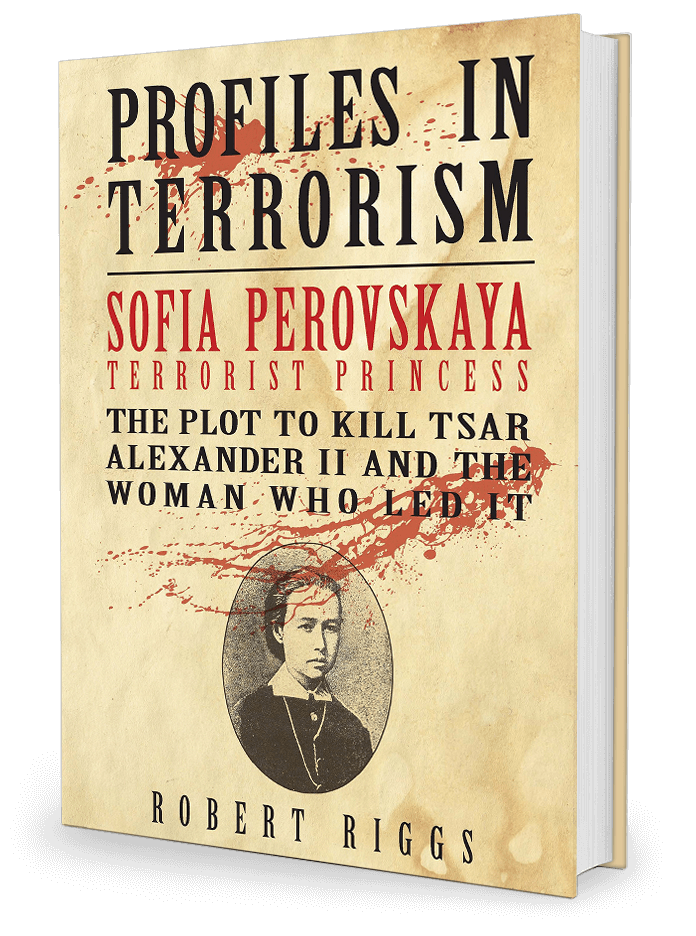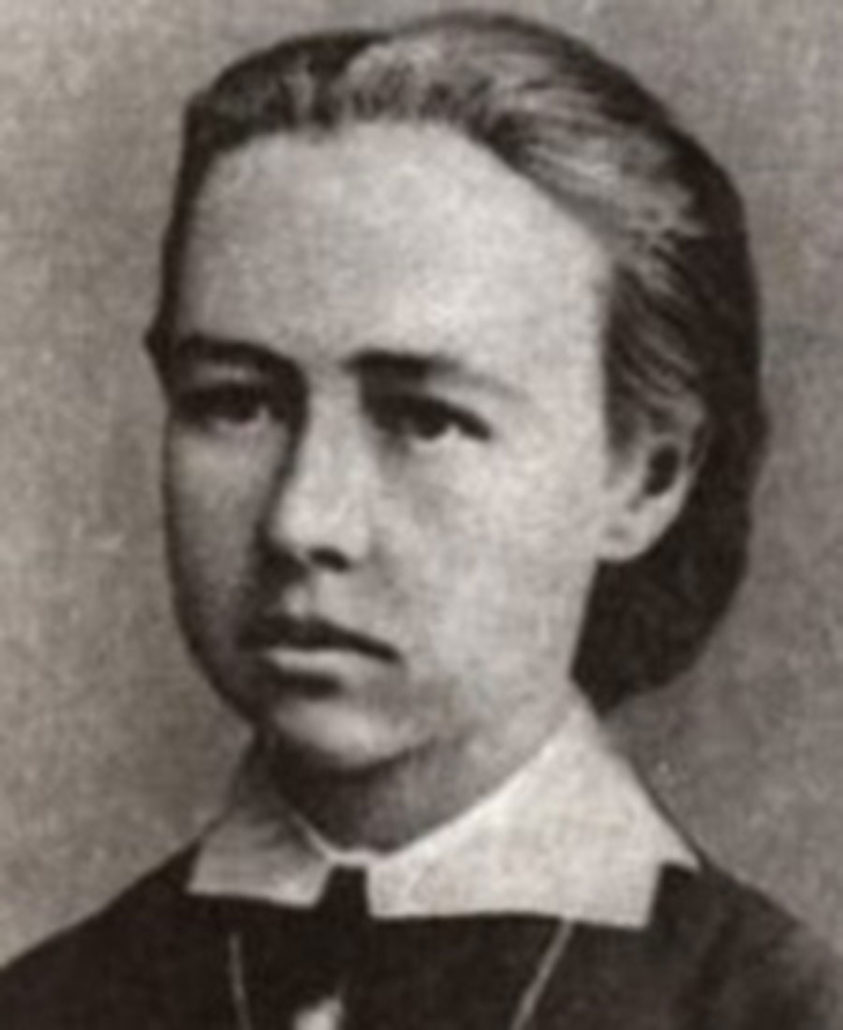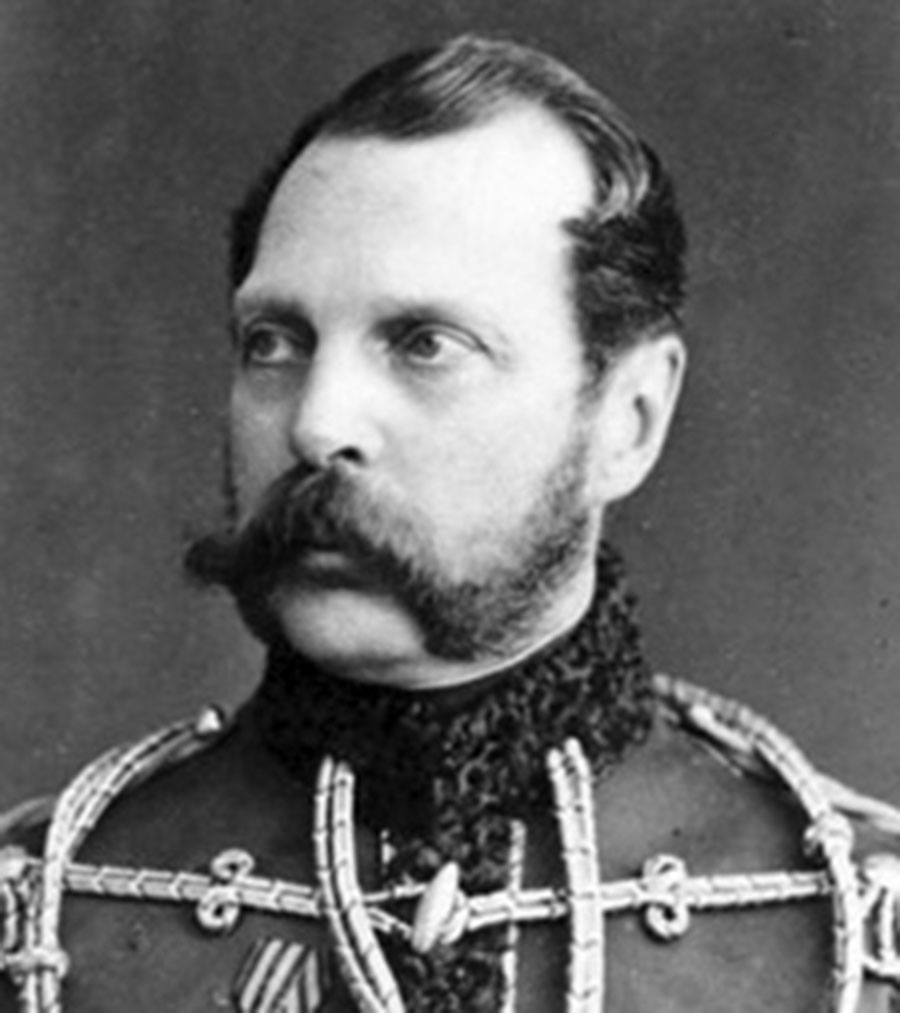“Sofia Perovskaya was a female terrorist but she is just one of many who played a discerning role in the creation of modern terrorism in the Russian Empire. Entangled with many others in the late 19th century, are names like Vera Zasulich, who pulled the trigger on Russian terrorism shooting at governor-general Feodor Trepov, and Sofia Perovskaya, who masterminded the assassination of Tsar Alexander II on March 1, 1881. This book focuses on how she and many others created forums for women to voice their political views, malcontent and more. Females were not regarded in the same way as males. Sofia was the daughter or Lev Perovsky who was the civil governor of St. Petersburg. He and his wife had four children but he often berated her and belittled her in public when things in his job or the Ministry of Internal Affairs went arwy. Her father was arrogant, angered easily and he spent much of his time playing cards, drinking and cheating on his wife. Lev was arrogant and often caused the yelling scenes at home. His wife Varvara was plain and did not appear to be flashy at social occasions. Sofia and her sister Marya learned French and but Sofia was attached to her mother and could not deal with her father’s outrageous attitude towards her mother.
This is a complex story with many layers as Perovskaya enrolled in the Alarchinsky Women’s College and then joined a circle of women along with Anna Korba which started the rise to her developing revolutionary ideas. Secret societies were the norm and the Land and Liberty was one that she joined led by Mark Natanson who required that the Russian Empire should be disolved. As you read this complex and well-researched book you begin to hear the voice of so many of those that became part of the many terrorist groups and you can feel their passion, their ire, and their need to overthrow those that opposed them. Sofia’s voice is the strongest and you begin to think that she has multiple personalities when dealing with different groups of people. At times she is compassionate and at other times distant, aloof and dangerous.
Complaints about Alexander ran the gamut and many thought that when he signed pardons and commutations for the remaining Decembrists exiled in Siberia that that was a good first start. More students were allowed to pursue higher education and the entrance into the Russian system, which under Nicholas had been restricted to privledged sons of the nobility. However, there was a very small percentage of students in the Generation of the Sixties that would forge ahead in another way. They were drawn into the idea of revolution rather than evolution. These “revolutionaries,” would eventually evolve. If you read page 30 you will learn the highlights of the new emancipation law that included many points that some liked and angered others. Chapter 3 introduces the Prophet of Anarachism, Mikhail Bakhunin, who while Alexander wanted to try and reform the institutions of government in Russian, this man was busy advocating the abolition of all government. You can learn more when you read about him. Some thought that two-thirds of the land should be transferred or given to the peasants. In this way it would be suitable in a manner for self-governing and organized communes.
Women terrorists were born at this time and Sofia met with Elizabeth Kovalskaya, whose manly appearance and outfit seemed like a uniform. Sofia was tough and did not get along with her father who dictated the rules and insisted on certain behaviors. She spend much of her childhood on her mother’s estate in the Crimea.
At times Sofia got a vast disconnect between her visions and reality. Land and Liberty split and became People’s Will under Narodnaya Volya and Black Repartiton created by George Plekhanov. The first favored terroism and the second were against it. They suppored socialist propaganda. From the title and main thrust of the book you know that the goal was to assassinate Alexander II and that was the goal of People’s Will. Vera Zasulich shot Trepov as the first of many attacks to follow. A directive committee with Sofia, Andrei Zhelyabov, Timofei Mikhailov, Lev Tikhomirov, Vera Figner and others was formed. Andrei was thought to lead them but Vera thought him to be lacking in depth. She thought he was too optimistic and about hope and light. But his magnetic personality strengthened his mantra of Hope and Light. He and Sofia tried and failed to use nitroglycerine to destroy the Tsar’s train. But, they miscaluculated. She was relentless and would not give up. Another attempt the author describes was to blow up Kamenny Bridge in St. Petersburg because Alexander was passing over the bridge but it failed.
Sofia fell for Zhelyavov. They worked closely together and the realization that terror was the first stage in the political struggle. Tikhomirov valued her character and her intelligence. Khalturin approached Plekhanov about killing Tsar Alexaner II. The rejected the thought and told him to contack People’s Will. He agreed that Khalturn should try to kill him and dynamite was supplied but the attempt failed. The plot was set, the players in place and around 2:15 Sofia gave the signal as the Tsar’s entourage arrived at the end of Inzhenernaya Street. But, it never came off. Alexander wanted to go see the crater where the bomb that failed exploded. The end result was devastating and she completed her mission. While Alexander was standing with the wounded Cossacks another terrorist named Grinevitski threw his bomb instantly killing him. As you look at her pictures throughout the book you can feel the coldness in her heart, face and her passion for terror. Sofia, Vera, Mikhail and others.”
— Fran Lewis of Bookpleasures.com




